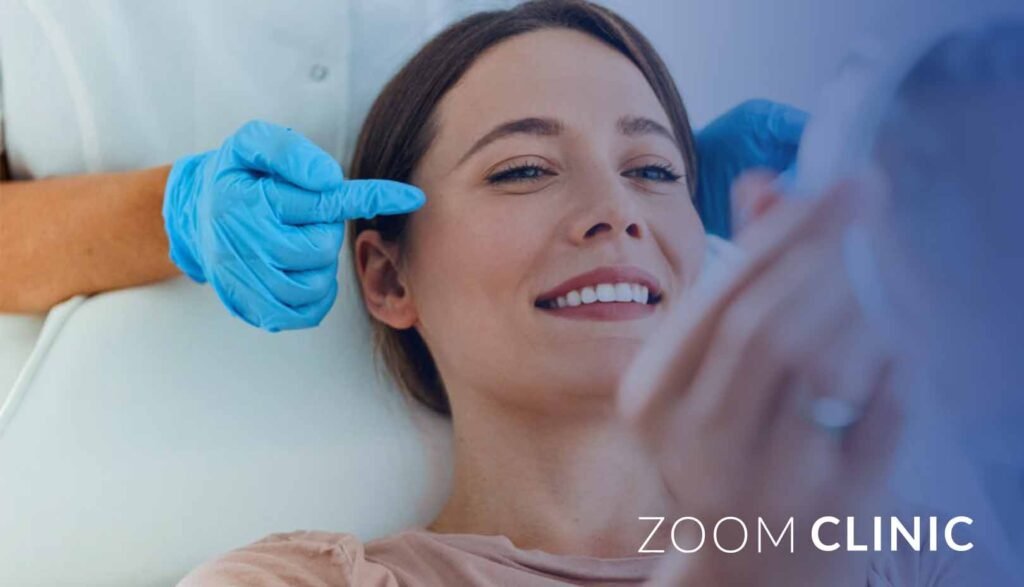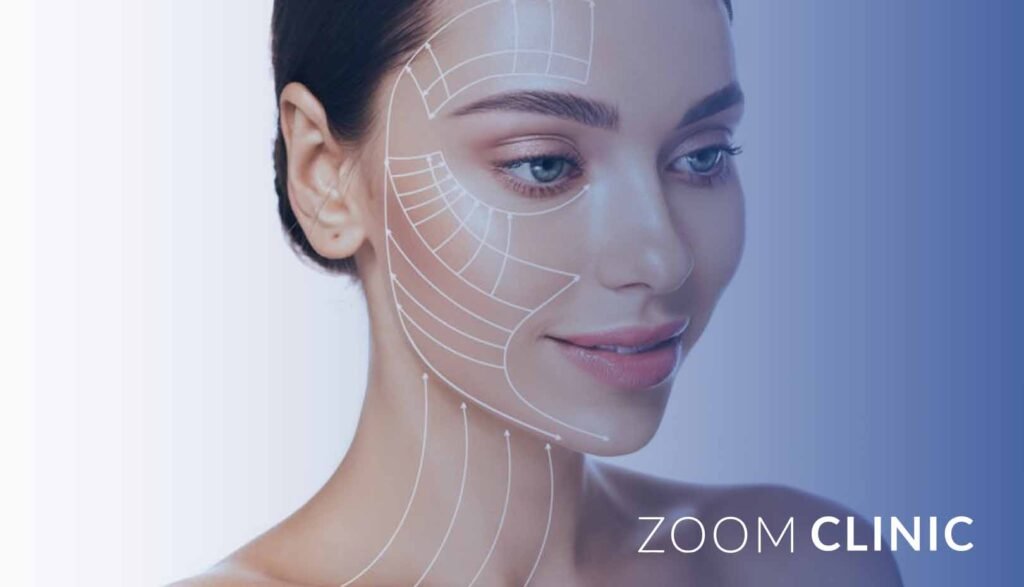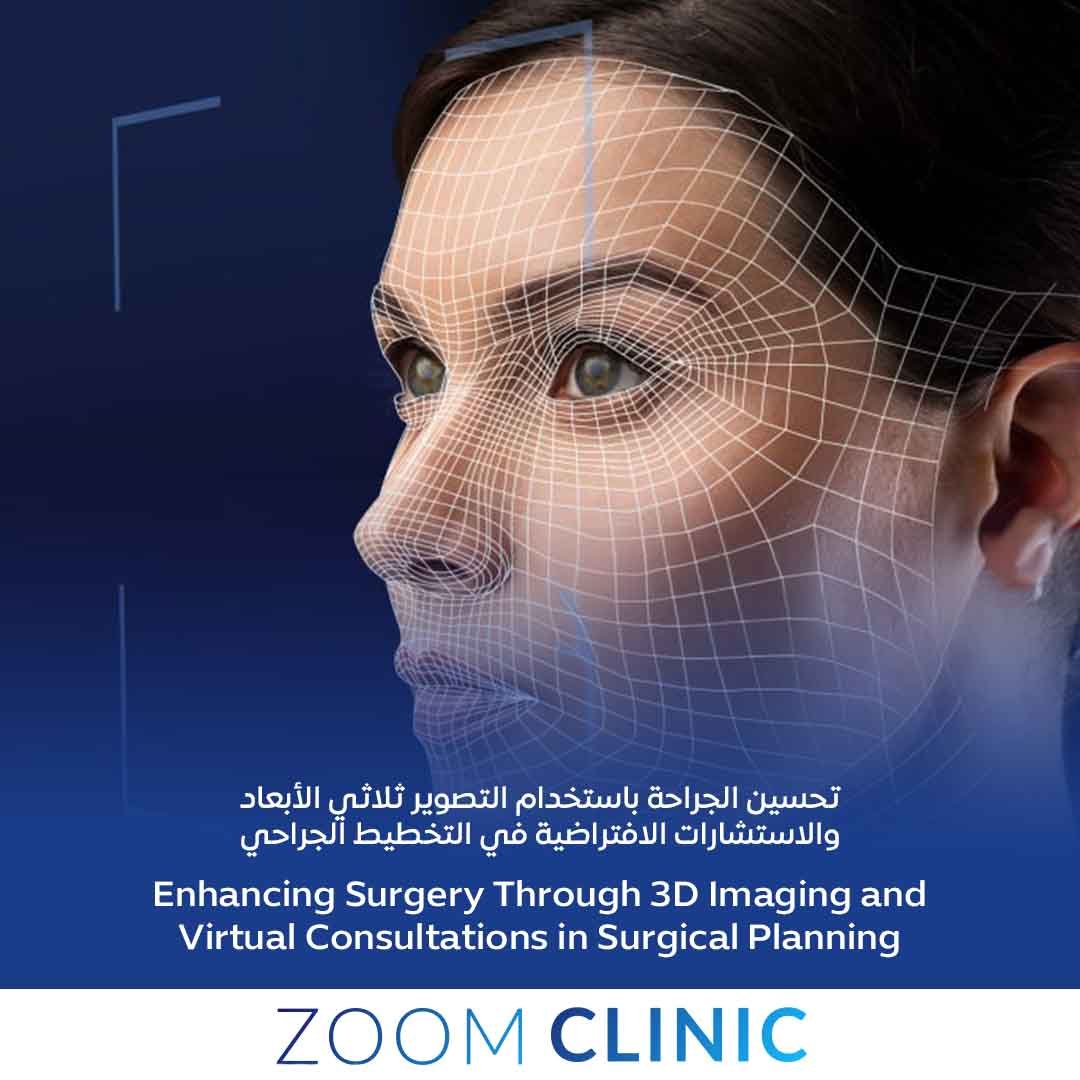In recent years, advances in 3D imaging and virtual surgical planning (VSP) have transformed surgical planning and execution, particularly in complex and intricate fields such as oral and maxillofacial surgery.
These technologies offer surgeons unprecedented precision and insight into patient anatomy, enabling better outcomes in procedures ranging from orthognathic surgery to mandibular reconstruction.
Table of Content
Introduction to Virtual Surgical Planning
Virtual surgical planning (VSP) is a cutting-edge technology revolutionizing oral and maxillofacial surgery. Surgeons can create a virtual patient anatomy model by leveraging 3D imaging and computer-aided design (CAD) software.
This enables them to plan and rehearse complex surgical procedures with unprecedented precision. VSP has significantly improved surgical outcomes, reduced complications, and enhanced patient satisfaction.
By visualizing the surgical site in a virtual environment, surgeons can anticipate potential challenges and refine their approach, ensuring higher accuracy and success in the operating room.
The Role of 3D Imaging in Surgical Planning

3D imaging, including computed tomography (CT), cone beam CT scans, and magnetic resonance imaging (MRI), plays a crucial role in modern surgical planning.
By providing high-resolution images of the patient’s anatomy, surgeons can analyze anatomical structures more clearly than ever.
These structured light imaging methods allow for highly accurate representations of complex anatomy, essential in planning complex surgical procedures.
Acquiring CT scans and bite registration data allows surgeons to create anatomical models of the patient’s jaw, skull, or other areas requiring intervention.
This data feeds directly into creating study models and proposed surgical plans that optimize every step of the procedure.
The Virtual Surgical Planning Process
The VSP process typically begins with acquiring high-resolution medical images, such as CT or MRI scans. These images are then imported into specialized software to create a detailed 3D model of the patient’s anatomy.
Surgeons can manipulate this virtual model to simulate the proposed surgical plan, allowing them to explore different approaches and identify potential challenges.
Refining the surgical plan in a virtual environment will enable surgeons to make necessary adjustments before surgery, minimizing risks and improving the overall outcome.
This meticulous preoperative planning ensures the proposed surgical plan is optimized for each patient’s unique anatomical structures.
Virtual Surgical Planning: A Paradigm Shift

Virtual surgical planning (VSP) has introduced a new level of precision in preoperative planning. VSP utilizes computer-aided design (CAD) and software tools to simulate and refine planned surgical movements in a virtual environment.
By allowing surgeons to test different approaches, VSP helps minimize risks associated with complex cases and ensure greater accuracy in the operating room.
During orthognathic pre-op planning, VSP creates detailed jaw repositioning and alignment simulations. These simulations guide surgeons in achieving precise repositioning of the patient’s jaw, improving functionality and aesthetics.
Surgical workflows benefit significantly from this technology, ensuring a seamless transition from planning to execution.
3D Imaging and Surface Scanning
3D imaging and surface scanning are critical components of the VSP process. CT and MRI provide detailed information about the body’s internal structures, while surface scanning methods like stereophotogrammetry and structured light imaging capture the external contours.
These combined imaging modalities allow for the creation of highly accurate 3D models of a patient’s anatomy.
These models are invaluable for planning and rehearsing surgical procedures, providing a comprehensive view of internal and external anatomical structures. By utilizing these advanced imaging techniques, surgeons can ensure their surgical plan is tailored to each patient’s needs.
Virtual Consultations and Surgical Rehearsal
Virtual consultations and surgical rehearsal are essential aspects of the VSP process. These practices allow the surgeon to communicate effectively with the patient and other surgical team members.
Rehearsing the surgical procedure in a virtual environment can help the team identify potential challenges and complications and ensure everyone is well-prepared for the surgery.
This collaborative approach enhances the overall efficiency and effectiveness of the surgical procedure, leading to better patient outcomes.
Virtual consultations also provide patients with a clearer understanding of the proposed surgical plan, fostering trust and confidence.
The Integration of 3D Printing in Surgery
Three-dimensional printing has become an invaluable tool in modern surgery. It enables the production of personalized devices and plastic surgical guides tailored to the patient’s unique anatomy, ensuring highly accurate surgical outcomes.
For instance, in mandibular reconstruction or craniofacial surgery, surgical guides help translate the virtual surgical plan into the physical world, bridging the gap between digital simulations and hands-on procedures.
Furthermore, 3D printing allows for creating physical objects such as anatomical and study models.
These models are invaluable for pre-op discussions and surgical simulations, offering surgeons and patients a clearer understanding of the procedure.
Design and Manufacturing of Surgical Guides and Implants

The design and manufacturing of surgical guides and implants are critical components of the VSP process. Using 3D printing technology, customized guides and implants can be rapidly created to match each patient’s specific needs.
These 3D-printed components help the surgeon navigate the surgical site precisely, ensuring the procedure is performed accurately.
Surgical guides translate the virtual surgical plan into the physical world, bridging the gap between digital simulations and hands-on methods.
This level of customization and precision significantly enhances the overall success of the surgery, leading to improved patient outcomes and satisfaction.
Benefits of 3D Imaging and VSP in Clinical Practice
The adoption of 3D imaging and VSP in clinical practice delivers numerous patient benefits:
- Enhanced surgical outcomes: By providing a detailed visualization of the surgical site and guiding planned operative movements, surgeons can achieve more predictable results.
- Reduced surgical time: Precise pre-op planning and intraoperative guidance streamline procedures, saving time in the operating room.
- Improved patient care: With a customized treatment plan, patients experience fewer complications and faster recoveries.
- Cost efficiency: Time savings and better outcomes often reduce overall patient and healthcare provider costs.
Applications in Specific Surgical Fields
- Oral and Maxillofacial Surgery: Procedures such as jaw reconstruction and orthognathic surgery greatly benefit from pre-op analysis using medical imaging and VSP.
- Reconstructive Surgery: Patient data from imaging can be used to plan surgeries involving complex anatomical structures, ensuring optimal restoration of function and aesthetics.
- Craniofacial Surgery: High-stakes procedures that require detailed visualization of the patient’s anatomy can leverage virtual environments and three-dimensional printing for anatomical models and guides.
Enhancing Surgical Outcomes with Advanced Tools
Integrating haptic feedback, structured light imaging, and additional benefits like precise bite registration into the VSP process further enhances its utility.
Surgeons can explore various options for planned surgical movements in a controlled, simulated environment, enabling better decision-making and execution.
Moreover, innovations in intraoperative guidance and precise repositioning ensure that the proposed surgical plan is followed accurately during the procedure.
This level of precision fosters trust and improves patient outcomes, reinforcing the value of these technologies in modern medicine.
The Future of Surgical Planning
As advancements continue, the potential for even more seamless integration of 3D imaging, virtual surgical planning, and three-dimensional printing will revolutionize how we approach surgery.
The incorporation of clinical applications in the manufacturing industry, coupled with the use of high-resolution images, ensures that both patients and surgeons will see significant improvements in efficiency, safety, and satisfaction.
In Conclusion
Improving surgery with cutting-edge technologies like virtual surgical planning and 3D imaging represents a monumental shift in approaching pre-op planning, surgical execution, and patient care.
As these tools become more widespread, the future of surgery looks increasingly precise, personalized, and promising.
The continued evolution of these technologies has the potential to redefine surgical precision, delivering even greater benefits to patients and healthcare providers.
Get the special offer today from Zoom Clinic
Related Articles:
The Role of 3D Imaging in Rhinoplasty Planning
Frequently Asked Questions (FAQ)
By addressing these common questions, we hope to provide a clearer understanding of how 3D imaging and virtual surgical planning are revolutionizing the field of surgery.
What is Virtual Surgical Planning (VSP)?
Virtual Surgical Planning (VSP) is an advanced technology used in surgical planning that involves creating a virtual model of a patient’s anatomy using 3D imaging and computer-aided design (CAD) software. This allows surgeons to plan and rehearse complex surgical procedures with precision.
How does 3D imaging benefit surgical planning?
3D imaging, such as CT and MRI, provides high-resolution images of a patient’s anatomy, enabling surgeons to visualize and analyze anatomical structures more clearly. This is crucial for planning complex surgical procedures and ensuring accurate surgical outcomes.
What role does 3D printing play in surgery?
3D printing creates personalized surgical guides and anatomical models that match a patient’s unique anatomy. These 3D-printed components help translate the virtual surgical plan into the physical world, enhancing precision and improving surgical outcomes.
How does VSP improve patient outcomes?
VSP allows for meticulous preoperative planning, which helps minimize risks, reduce complications, and enhance surgical precision. This improves patient satisfaction, faster recovery times, and better overall outcomes.
Can VSP be used in all types of surgeries?
While VSP is particularly beneficial in complex surgical fields such as oral and maxillofacial surgery, craniofacial surgery, and reconstructive surgery, its applications are expanding as technology advances. Surgeons can leverage VSP for various surgical procedures requiring detailed anatomical visualization and planning.
What are the cost implications of using VSP and 3D imaging?
Although the initial cost of using VSP and 3D imaging may be higher, the benefits of reduced surgical time, fewer complications, and improved outcomes often translate to overall cost savings for patients and healthcare providers.
How does virtual consultation work in the VSP process?
Virtual consultations involve communicating effectively with patients and the surgical team in virtual environments. This allows for better understanding and preparation for the surgical procedure, fostering trust and confidence.


